
当社について
ぜひ GVICHN をチェックして、ご利用いただけることを楽しみにしています。
連絡先情報
-
メール
[email protected] -
電話
+8613982070732 -
住所
Yuanzhu Town,Taixing City, Taizhou City, Jiangsu Province, China
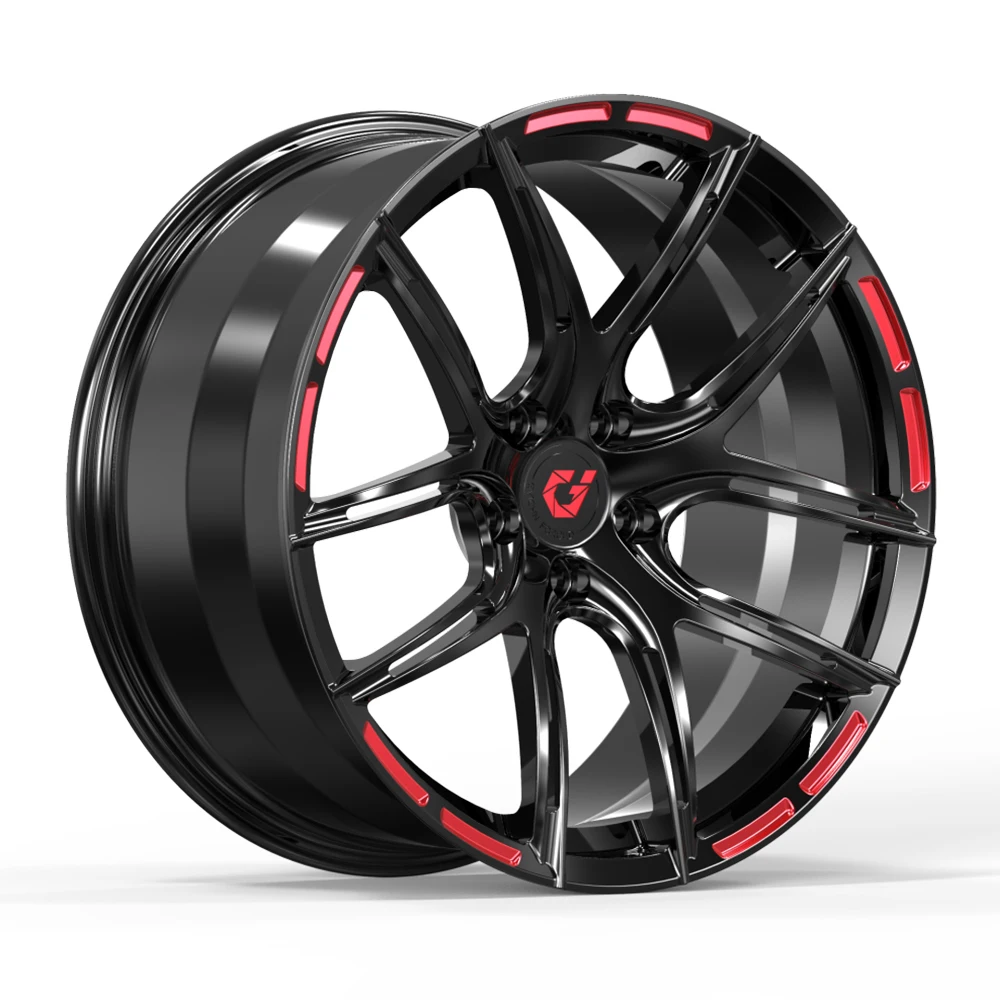
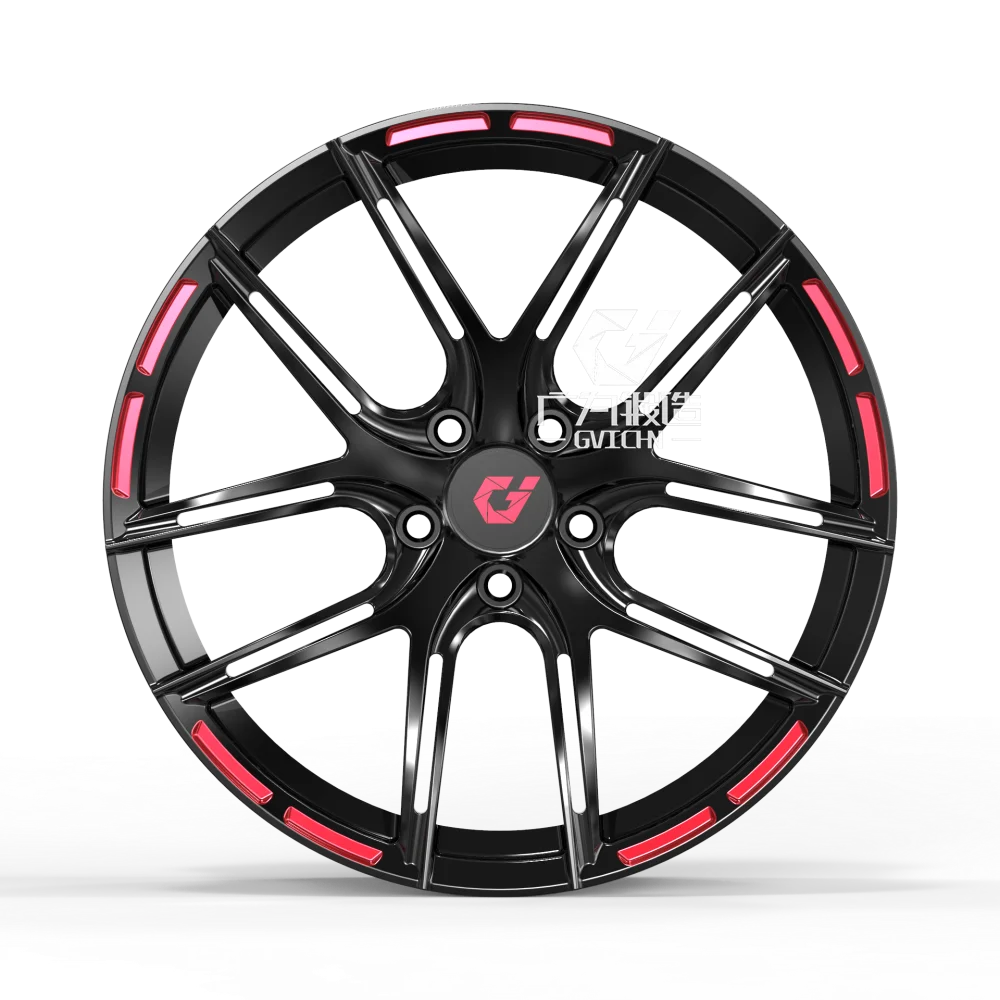
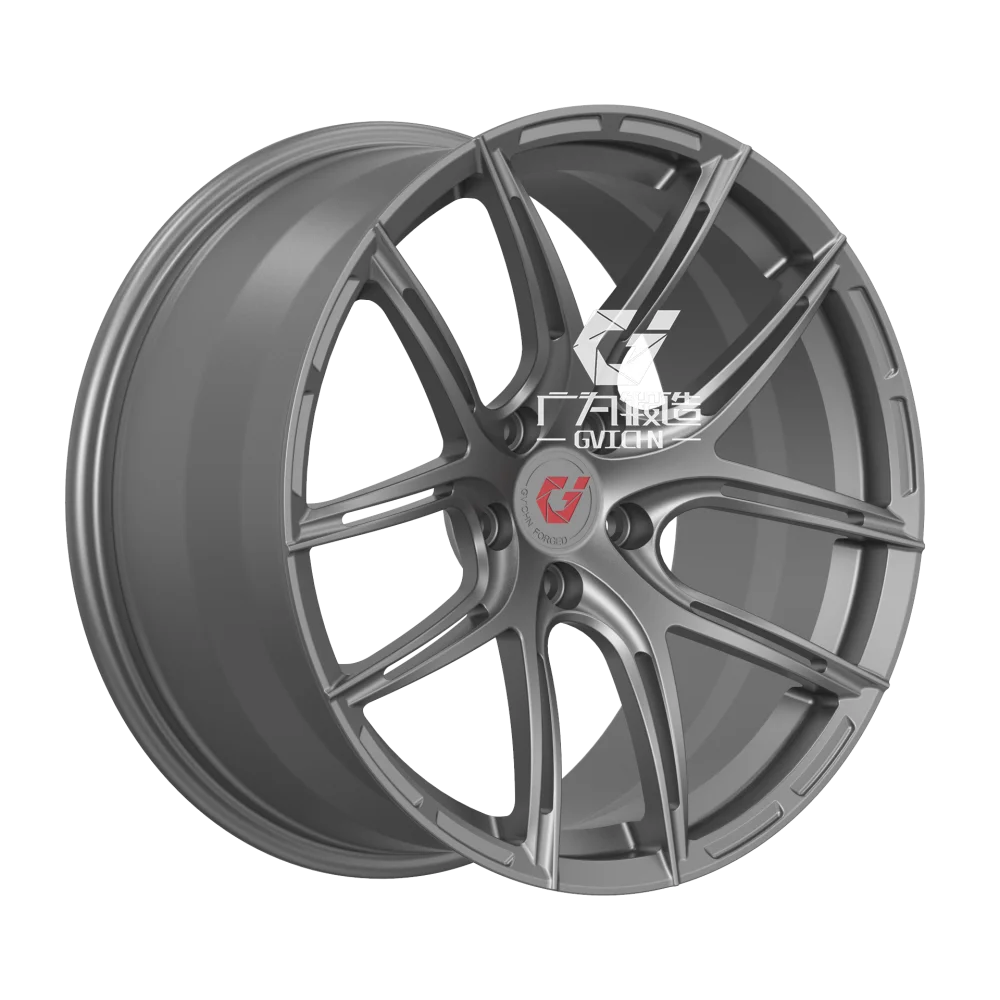
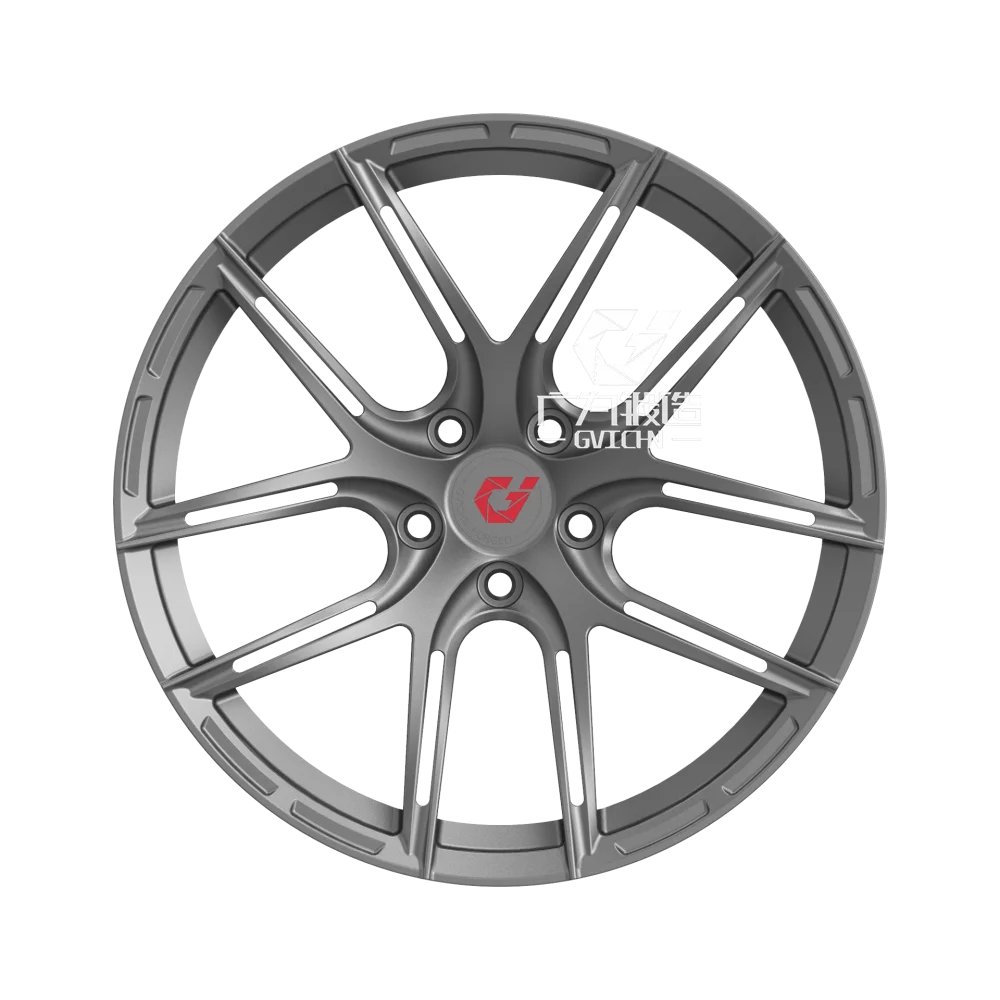
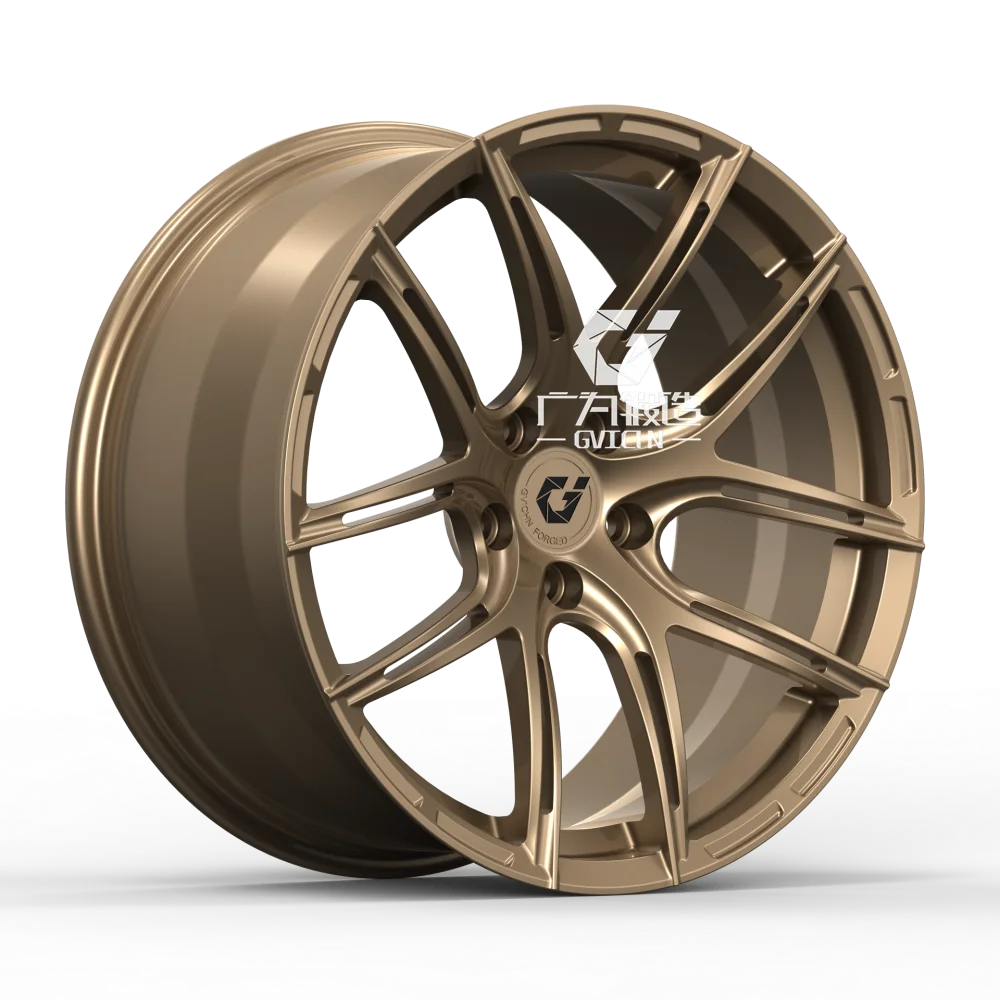
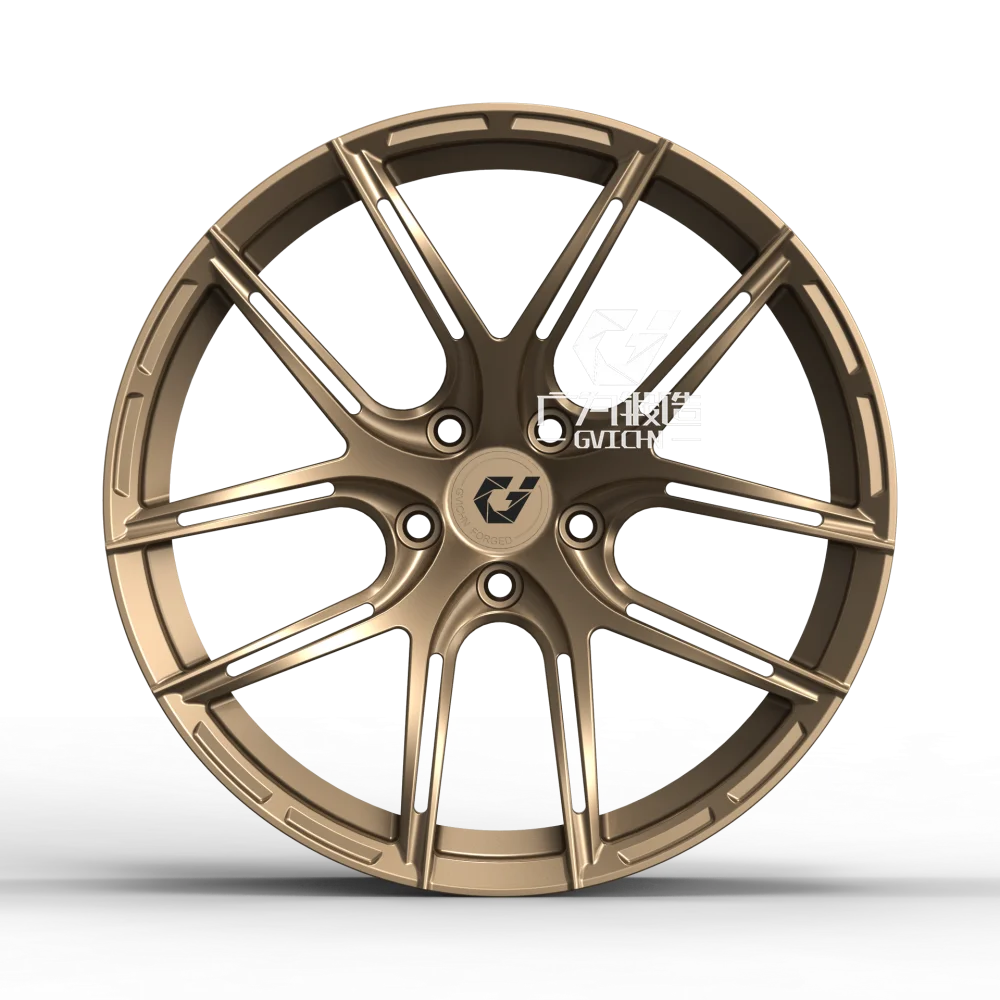






| サイズ | モノブロック | ツーピース | スリーピース | オフロード |
| 16インチ | 179 | 365 | ||
| 17インチ | 199 | 365 | 210 | |
| 18インチ | 209 | 365 | 515 | 230 |
| 19インチ | 225 | 389 | 540 | |
| 20インチ | 238 | 410 | 560 | 285 |
| 21インチ | 255 | 445 | 595 | |
| 22インチ | 270 | 485 | 635 | 399 |
| 23インチ | 350 | 560 | 760 | |
| 24インチ | 410 | 620 | 830 | 499 |
| 26インチ | 538 | 732 | 885 | 599 |
製品に関する一般情報
| 原産地 | 中国 |
| ブランド名 | グヴィチーン |
| モデル番号 | それなし |
| 認証 | TUV/JWL/VIA/東証/SFI/TS16949 |
製品の商用条件
| 最小注文数量 | 4 |
| 価格 | 1セットあたり796ドルから。スタイル、仕上げ、サイズによって異なります。 |
| パッケージの詳細 | カートン、フォーム |
| 納期 | 25〜45日 配送時間は国や地域によって異なります |
| 支払い条件 | 50%の初期支払いまたは全額支払い |
| 供給能力 | 1日300個 |
説明:
| 素材 | 幅 | サイズ | PCD | 色 | 色 | ロゴ |
|
アルミニウム合金 |
7-16J | 16~30インチ | カスタマイズされた | カスタマイズされた | カスタマイズされた | カスタマイズされた |
軽量構造
6061-T6 アルミニウム: 高い強度対重量比。
精密製造: より少ない材料で、より高密度で強力なユニボディを実現。
耐久性と強度の向上
12,000 トンプレス: 構造的完全性の向上。
熱処理:靭性と耐久性が向上。
優れたパフォーマンス
バネ下重量の軽減: ハンドリング、加速、ブレーキ性能が向上します。
最適化された空気力学: 抗力が低減し、空気の流れが改善されます。
カスタマイズと美学
高度な CNC 加工: 複雑なカスタム デザイン。
表面仕上げ: さまざまな色と質感のオプション。
安全性の強化
有限要素解析 (FEA): 890kg の荷重定格を維持します。
標準準拠: 高い安全レベルを保証します。
保証
5 年間保証: 構造上の欠陥に対して。
アプリケーション
高性能車両: スポーツカー、レーシングカー、高級車。
レーシング アプリケーション: 速度、ハンドリング、信頼性において重要な利点があります。
輸送
弊社ではご注文に対して迅速かつ安全な配送をご提供しています。早く手に入れましょう!!
柔軟な支払い方法
チェックアウト時に、柔軟なお支払いを可能にするさまざまなオプションをご用意しております。
GVICHNについてもっと知る












 オンライン
オンライン